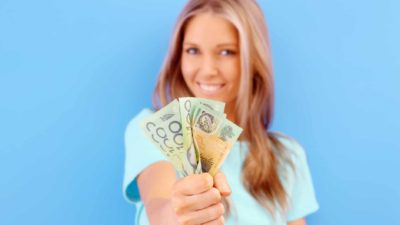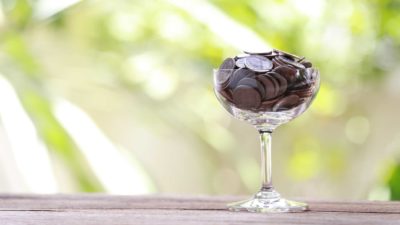I think it's fairly safe to say that most ASX investors love a good dividend share, particularly those that offer franking credits. The unique way our tax system is structured makes it very attractive for ASX shares to pay dividends to investors. Over time, this has led to most ASX companies adopting a dividend payout policy, even if they're still very much in their 'growth phase'.
We can see this reflected in the yields that an S&P/ASX 200 Index (ASX: XJO) fund provides. Let's take the iShares Core S&P/ASX 200 ETF (ASX: IOZ). It has a trailing yield of 4.51% on current prices, which also comes with some franking credits.
By comparison, a US-based index fund like the iShares S&P 500 ETF (ASX: IVV) currently offers a trailing dividend yield of just 1.94%, with no franking credits in tow.
No brainer, right?
Well, maybe.
What's wrong with ASX dividend shares?
Dividends are great – I love them myself. But perhaps dividend income isn't quite as good as it initially seems.
Let's look at 2 hypothetical companies.
Company A and Company B both make $1 in earnings per share. That's $1 a shareholder of both Company A and Company B is entitled to as a part owner.
But let's say both companies can achieve an internal Return on Invested Capital (ROIC) of 15%.
If company A retains its earnings and reinvests that $1 back into the company, it should be able to provide $1.15 of earnings per share in the following year. Since it is reinvesting this money, it's not subject to corporate taxes. As such, shareholders of Company A get the benefit of an untaxed profit of 15 cents per share that is now compounding and working to create even more wealth in the future.
The real cost of a dividend
By Contrast, Company B instead pays out half of its earnings as a dividend of 50 cents per share. It then reinvests the remaining 50 cents per share back into the business. Thus, Company B owners are getting 50 cents per share in dividend income and can expect 57.5 cents in earnings per share the following year.
But given that 50 cents per share is being paid out of profits, this money must first be subjected to corporate tax. Afterward, the dividends will come with a receipt that tax has been paid, commonly known as a franking credit. This franking credit enables the dividend not to be taxed again as income when received by its shareholders.
But it is still taxed money, even if only taxed once. The point here is that Company A shareholders can expect $1.15 in earnings the following year, on which no tax is payable. Company B shareholders can expect $1.075 in earnings the following year, half of which will be taxed.
Over time, this gap in earnings power will widen, making one group of shareholders a lot wealthier than the other. And all because Company B is paying out half its profits while Company A is reinvesting them.
Sure, Company B shareholders are getting some income on the side, but this income is coming at a cost. Unless you can reinvest your dividends for a return greater than 15% per annum, you're losing out.
Foolish takeaway
Everything comes at a price, and dividend income is no different. So if you're swooning over how great dividend shares are, have a think about what your company might be giving up to fund paying you these dividends. Or find companies that can manage both growth and funding a dividend.








